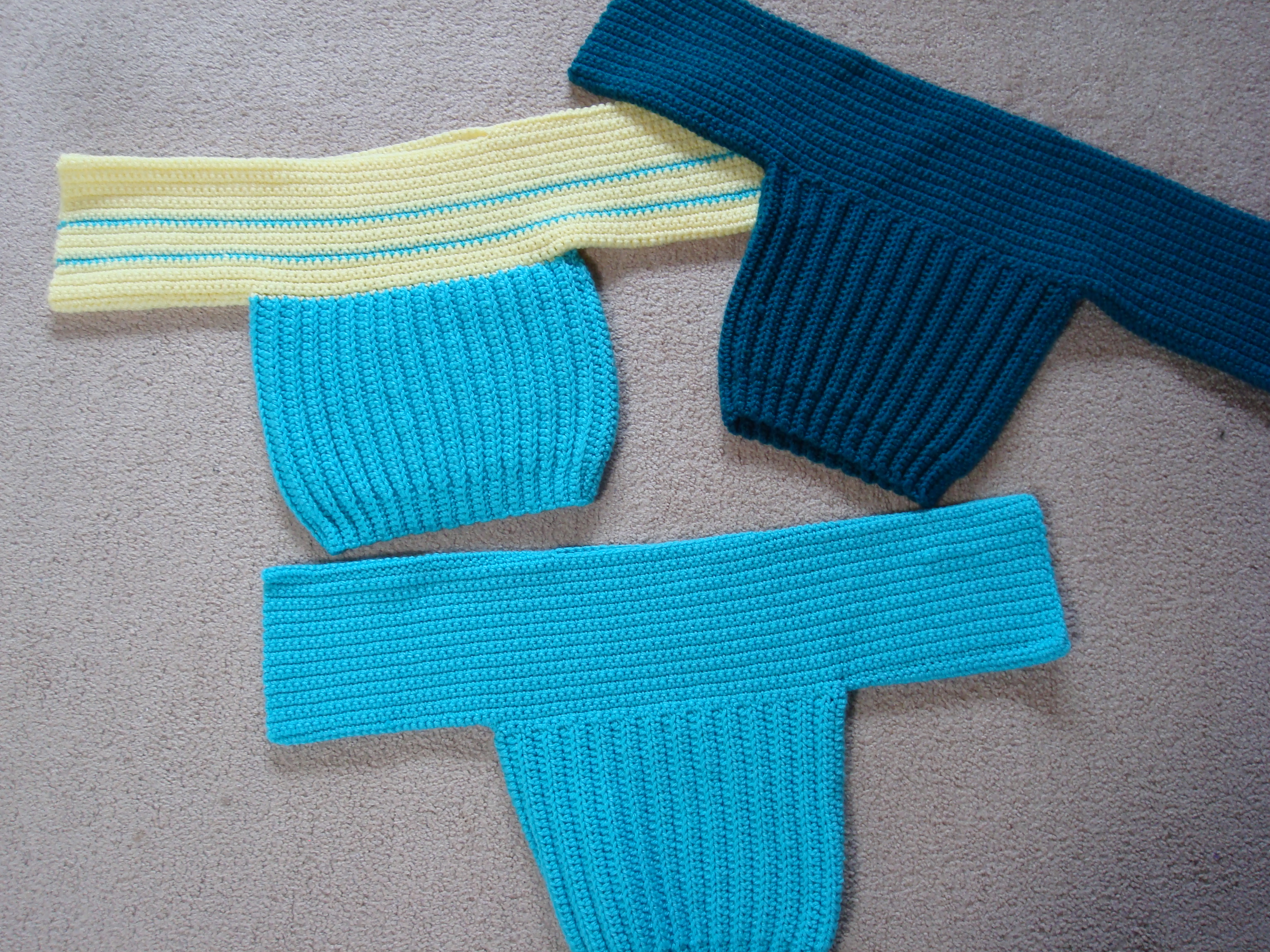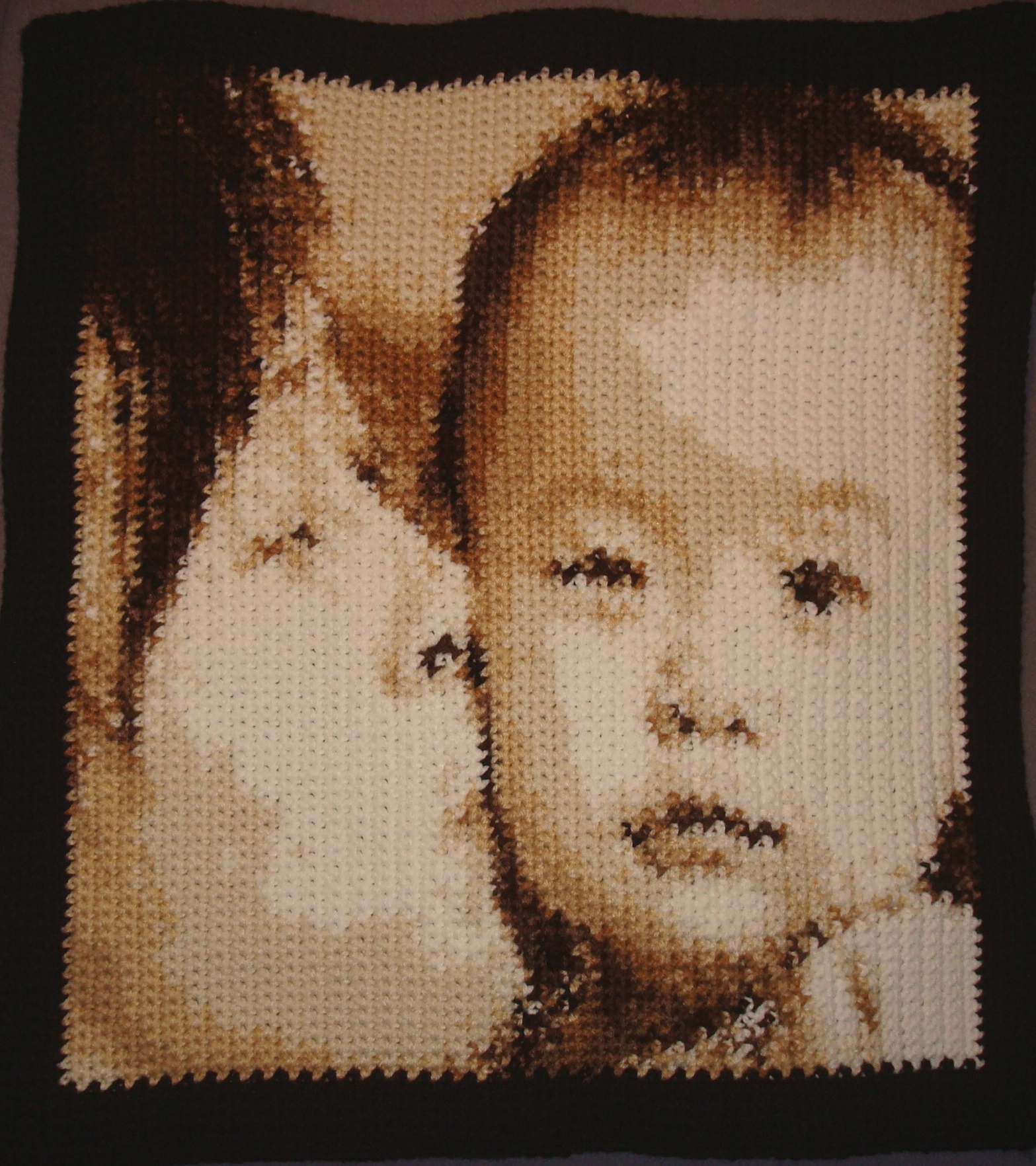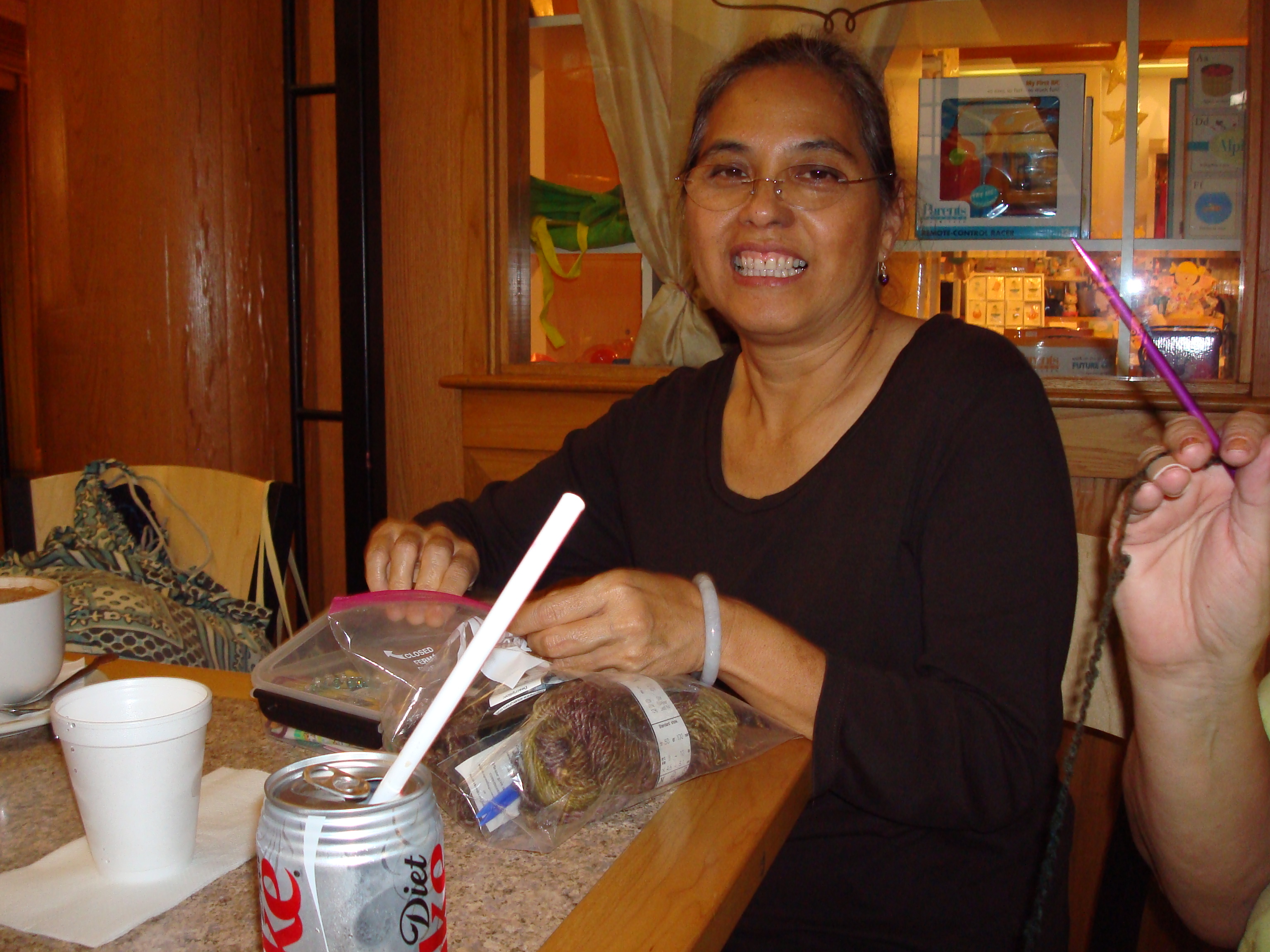Crochet lends itself well to a variety of uses, especially when it comes to dish cloths and wash cloths. There are so many patterns available online, it makes my head spin. But when you think about it, a dish/wash cloth is simply a square (or rectangle) crocheted in an interesting stitch pattern.
The main challenge I’ve had in making them is what yarn to use. Almost every pattern I’ve come across recommends worsted-weight cotton, but my experience with this fiber hasn’t been the greatest when it comes to wash cloths for bathing.
My Wash Cloth Requirements
For me to call a crocheted wash cloth “perfect,” it must:
- Be big enough so that I can hold it at the diagonal edges for stretching across my back
- Be light weight
- Hold the lather from the beginning of my shower to the end
- Dry quickly.
The first “perfect wash cloth” requirement, be big enough, is easy to achieve. It’s a simple matter of making the foundation chain long enough for the width I want and crocheting enough rows to make it the length I want.
The last three qualities, on the other hand, are all dependent on the kind of yarn and hook size I use.
Worsted-Weight Cotton

Actually, my first wash cloth experiment was a knitted spa mitt that I thought was so cute when I saw the pattern. It calls for Lion Brand Cotton Ease, a worsted-weight cotton. I had some Peaches and Cream cotton yarn in my stash and decided to use it instead.
The mitt turned out to be less than perfect for a number of reasons. It didn’t hold the lather long enough, and it was hard to wash my back with it, something I didn’t realize would be a problem until I actually used it (duh!). And it took forever to dry, at least two whole days. Also, those bobbles aren’t as effective as they might seem; they’re just too bulky and increased the mitt’s drying time.
Now, in defense of the mitt, I used a slightly larger needle size than the size called for in the pattern. And the Cotton Ease might be a little less thick than the Peaches and Cream. But I decided it was time to CROCHET a wash cloth. It’s the white one above that the knitted spa mitt is sitting on.
This time I used some Lily Sugar and Cream cotton yarn and a G/4 mm crochet hook. I opted for a simple, textured stitch pattern. I don’t remember what it’s called, but it’s a simple of matter of:
- Creating a foundation chain in a multiple of 2 (plus 1 for the turning chain)
- Doing one single crochet followed by one double crochet across the row.
It’s easy to remember because you start every row with a single crochet, which means you are single crocheting over the double crochets of the previous row and double crocheting over the previous row’s single crochets.
I made it more than big enough for my needs, but again, the cotton barely produced any suds, the fabric was bulky and heavy, and it took too long to dry.
Sport-Weight Acrylic

I was lamenting the problems I was having with worsted-weight cotton in my Facebook group when a member, Doris Moody, suggested I use a sport-weight acrylic. She said she’d had good results with it and added that it dries quickly.
She cautioned me, however, to keep it out of the kitchen because you don’t want the acrylic to come into contact with something hot and melt. This is probably why so many crocheted “dish” cloth patterns call for cotton instead of acrylic yarn. Needless to say, my curiosity was piqued, so I decided to give it a try.
Luckily, I had two partial skeins of sport weight acrylic in my stash, one in a soft yellow and the other in a nice baby blue. The yellow wash cloth in the photo above uses the same stitch pattern as the white one and a G/4 mm hook. This wash cloth held the soap lather a lot better than the cotton one, and it dried in 24 hours.
The acrylic was a little scratchy, but this was actually a good thing because it achieved the exfoliating action I thought the bobbles in the knitted mitt would. I didn’t wash and dry it before using it, so I’m expecting the fabric to soften a little when I do.

The yellow wash cloth was still a little too thick, so I crocheted another one in blue, this time using an H/5 mm crochet hook.
This one is close to perfect! The fabric held the lather throughout my shower; it easily stretched across my back; it’s fairly light weight; and it was dry by the time I was ready for the next day’s shower. And yes, this one was a little scratchy too, but again, I didn’t mind it at all.
Fingering-Weight Acrylic
Crochet stitches are thicker than knitted stitches which is one of the reasons worsted weight yarn doesn’t work well, at least for bathing. Think of the wash cloths you buy in the store; they aren’t all that thick.
So even though the blue wash cloth works very nicely, I’m going to do one in fingering-weight acrylic to see what kind of results I get. I’ll update this blog post when I do, so stay tuned.






4 comments On In Search of the Perfect Crocheted Wash Cloth
You could try the plastic we, the onions come in. I have seen that in the Michael’s craft shop. Yu can buy it as rolls. then cut and crochet.
I’ll have to keep that in mind. Thanks!
So what did you think. I got some oh baby organic fingering cotton yarn and think with a 3 mm crochet hook and the v stitch it should work, but im curious how your fingering acrylic worked out.
Hi Joy, the thing about cotton is that it stretches a lot when it’s wet and takes a while to dry. However with fingering cotton yarn, it should dry a lot faster than say worsted weight. I found acrylic to be a little scratchy. But I explained all that in the article (it’s been a while since I looked at it). My suggestion would be to work up wash cloths in several different fibers and weights to see what works best. One skein ought to do it. I never got around to working up a wash cloth in fingering weight acrylic. I may do it at some point. If so, I’ll come back here to let you know how it worked. Good luck!
Sliding Sidebar
Categories